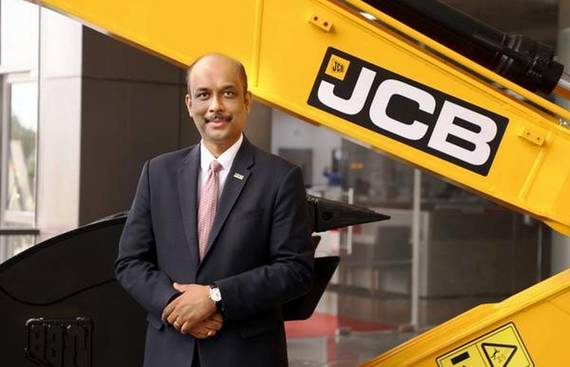JCB India goes digital to aid rural customers

JCB India opts for the digital revolution to the hinterlands with digital solutions for its rural customers. Now, the customers can place orders for parts using their smartphones.
JCB India’s digital solutions have played an immense role in meeting the service obligations of the customers across the country be it defence customers in Leh and Ladakh regions or in the remotest of villages.
Like cars, construction machines too have gone digital with the increased use of electronics. These machines would be sold with many digital solutions including tracking software. So far, JCB has sold more than 1.8 lakh LiveLink-enabled machines in the country.
Deepak Shetty, CEO & Managing Director of JCB India says, “These are sophisticated machines and may require service personnel to carry laptops to the rural areas. But it is difficult to do so. Hence, we have a new technology under which we have put a dongle on the machine, and it will communicate on the smartphones. Our service engineers can use smartphones to service the machines remotely. So, we have ensured improvement in the uptime of our machines, bringing more value to the customers.”
During this lockdown phase, about 15 percent of sales of machine parts happened through the company’s app. Also, more than 75 percent of the orders were placed on digital mode by the customers from rural areas.
Deepak further adds, “So, it was heartening to see rural customers adopting digital and they could place orders for parts using their smartphones. This helped us deliver parts at their doorsteps, and that helped put the machines back on work quickly.”
Furthermore, JCB India used video mode to support customers from Kashmir to Kanyakumari. “We have several appreciation letters from defence on the service support extended using digital mode during this pandemic phase,” he adds.
In the current environment, digital solutions are of great help to the companies. These new technologies come in handy to offer more value in machines by ensuring productivity improvements and better customer experiences, thereby offsetting the price increases as also reducing the lifecycle costs of products.
